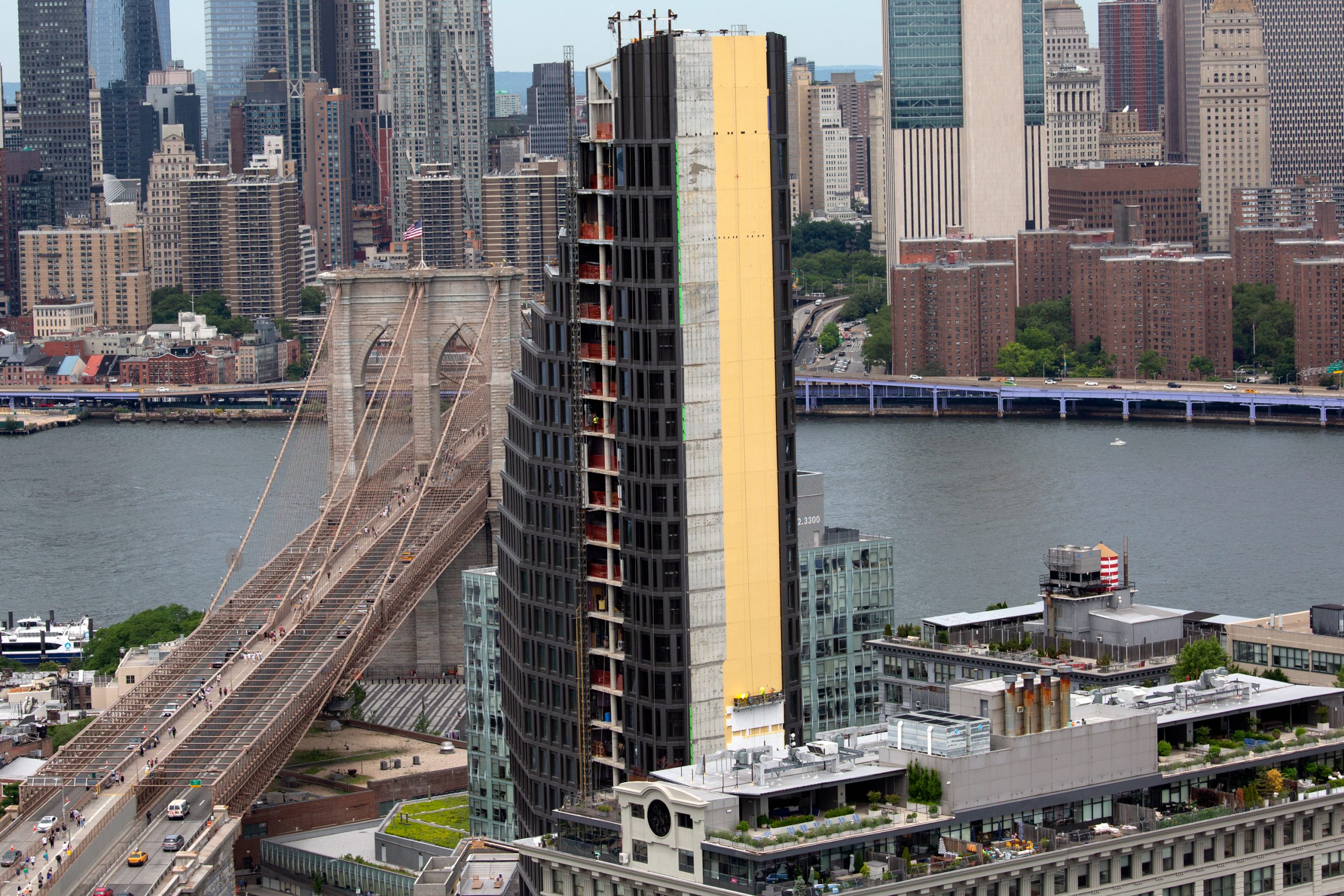New York City is on track to complete only about 11,000 new housing units this year, half the number built in 2022 and a fraction of what is needed to deal with the city’s housing crisis.
The forecast, contained in a construction outlook released Wednesday by the New York Building Congress, is in line with data from the Real Estate Board of New York, which believes the total this year could even fall below 10,000 — primarily because the legislature allowed the controversial 421-a tax break for developers to expire in June 2022.
“It’s embarrassing in a city of 8.5 million people to only be building that many units,” said Carlo Scissura, president of the Building Congress.
There is good news in the report: construction spending this year will jump by $13 billion to $83 billion even after adjusting for inflation. The increase is a result of the completion of projects delayed by the pandemic, as well as new construction for manufacturing, warehouses, life sciences and schools.
The number of New York City construction jobs, one of the sectors that has lagged the most during the recovery from the pandemic, will rebound in two years to finally match 2019’s record of 161,000 jobs, according to the forecast.
The report also sees continued gains in the next two years primarily fueled by spending from the city, the MTA and Port Authority, all of which have ambitious construction spending plans for the next few years.
But in order to hit those numbers, New York must grab a significant share of the money available under President Joe Biden’s infrastructure program and the Inflation Reduction Act, which provides billions of dollars for climate-related projects.
So far, New York State has been allocated only $11.7 billion of the $1.2 trillion available under the infrastructure law, with the biggest chunk for the Gateway Tunnel under the Hudson River between New York and New Jersey.
The state will eventually receive $36 billion for transportation projects. New York City recently reached $1 billion in funds secured.
421-a Fallout
But the key issue in the report is the decline in residential construction, driven by the expiration of the 421-a tax break.
First implemented in the 1970s to spur affordable housing construction, 421-a eliminated or reduced property taxes for up to 35 years for developers of rental buildings. Those breaks currently cost the city $1.8 billion a year in lost tax revenue. Developers receiving the benefit in recent years were required to set aside 25% or 35% of their housing units as income-restricted affordable apartments.
Research by the Furman Center had suggested that developers in 2022, anticipating a lapse in the 421-a program, applied for permits to build 70,000 units — enough to produce 20,000 new homes a year for three years. A year ago, the Building Congress expected a similar result, forecasting 30,000 completed units for 2023.
However, to qualify for the tax break, builders had to both put foundations in the ground by June 2022 and be able to complete construction by 2026. The data from the Building Congress and the Real Estate Board suggest that relatively few projects are moving ahead under those conditions.
Typically 6,000 or so units each year are fully affordable projects built with government funds. If that happens this year, the private sector would produce only 5,000 new units, notes Matthew Murphy, director of the Furman Center.
“It’s important to note that our multifamily rental pipeline is drying up. Given the timing between permit and completion, if Albany doesn’t pass a replacement law in 2024, we’ll be closer to witnessing a period of time when virtually no privately built multifamily rental housing is being added to the housing stock,” he said.
Gov. Kathy Hochul and Mayor Eric Adams, who has set a goal of 500,000 new housing units in the city over the next decade, or 50,000 annually, have spent the last several months insisting that the tax break must be revived in some form or the housing crisis will continue to worsen.
The Real Estate Board continues to pressure the legislature to restore that incentive.
“As we spiral deeper into this housing crisis, state legislators continue to engage in the great failed experiment: What happens when you remove all incentives to create new rental housing?” said Zachary Schechter-Steinberg, senior vice president of policy. “This report continues to show that the current approach to this problem is not working.”




